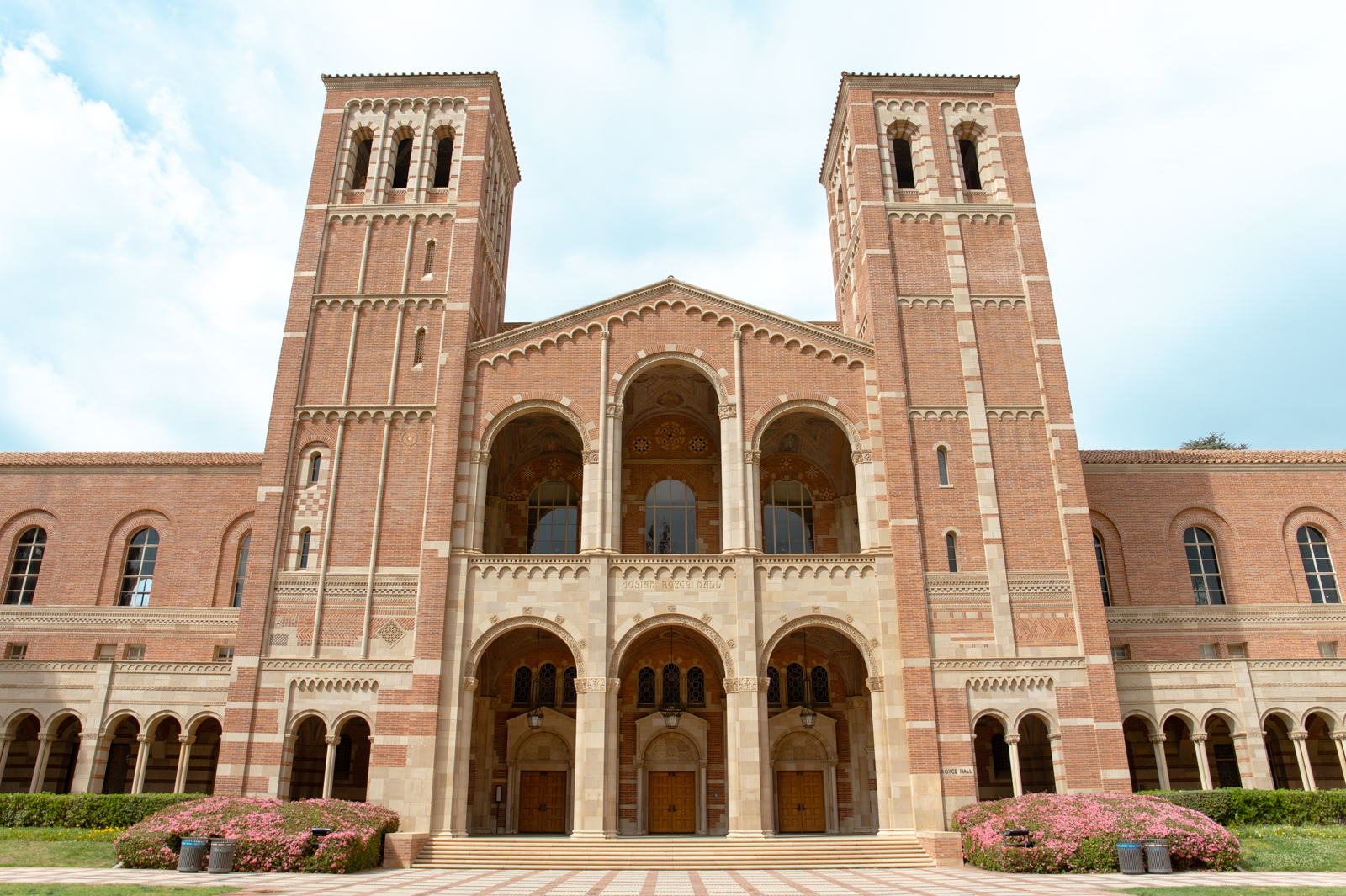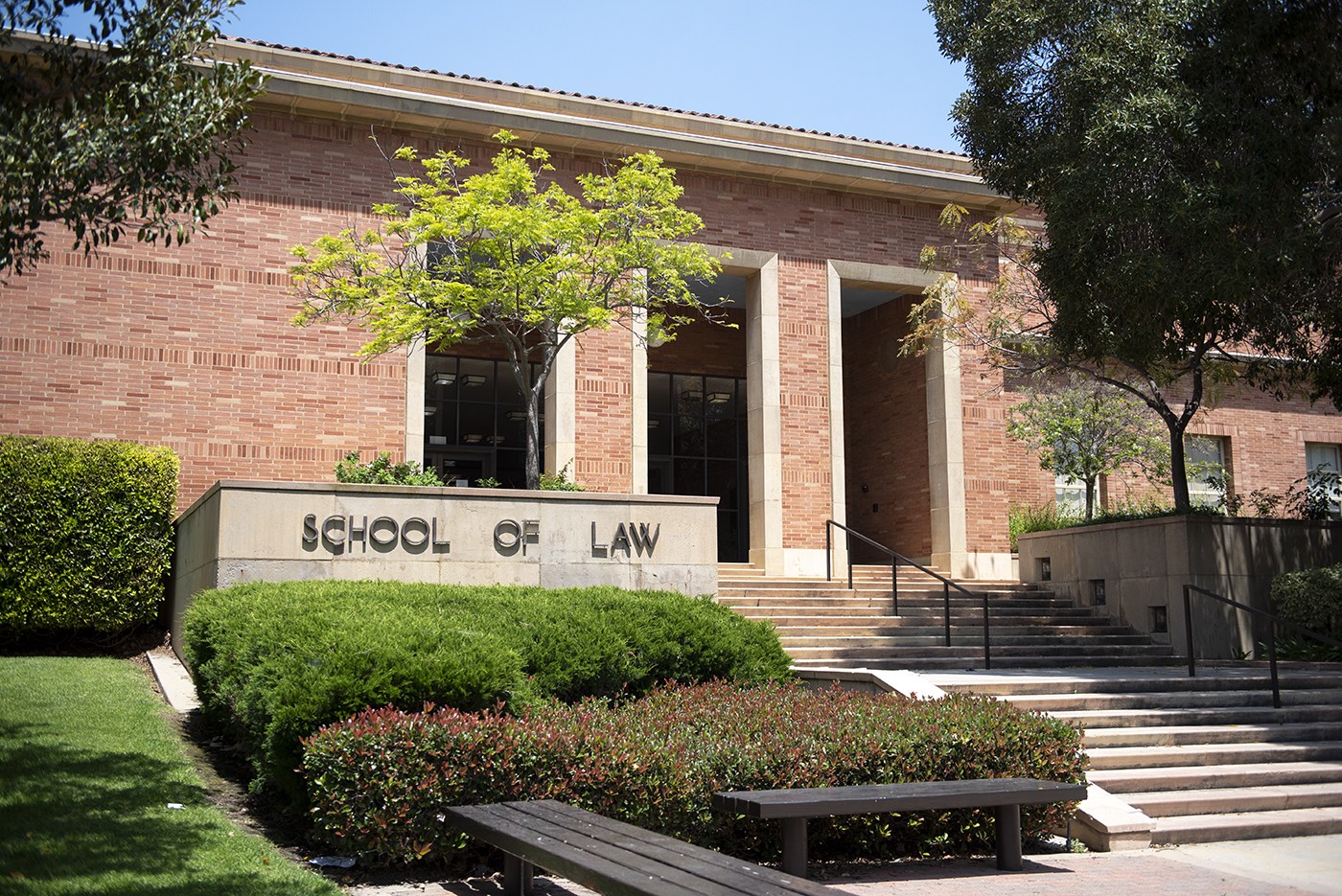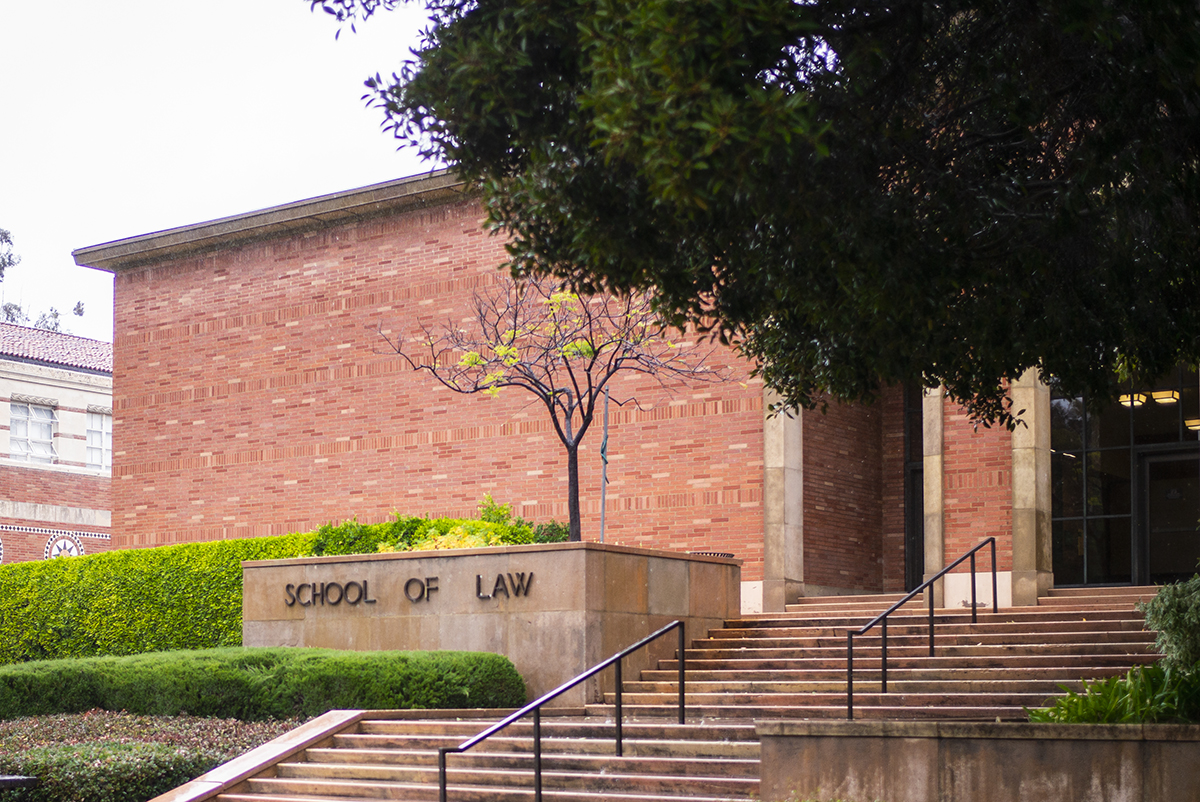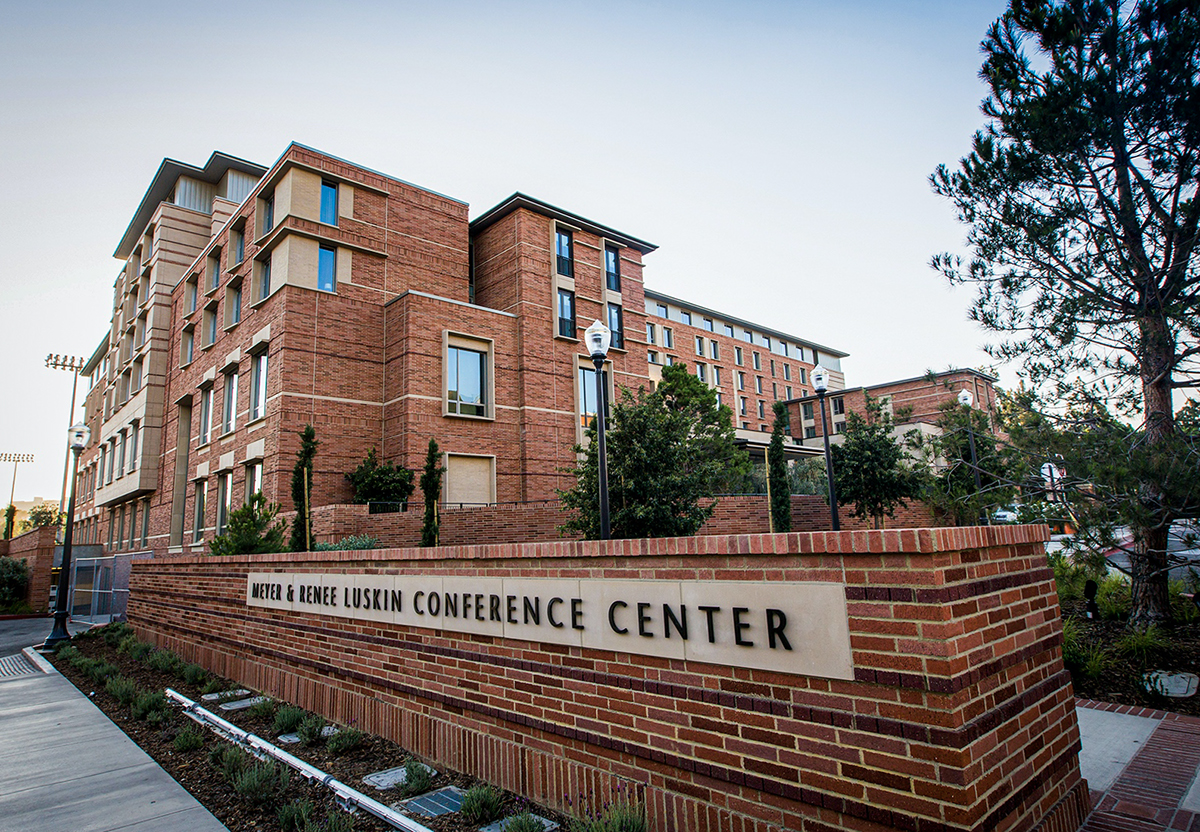UCLA report finds US suburban schools mirroring urban trends

Royce Hall is pictured. A February report from the Civil Rights Project at UCLA found that racial and ethnic diversity are on the rise in suburban schools. (Daily Bruin file photo)
This post was updated April 2 at 8:45 p.m.
A February report from the Civil Rights Project at UCLA found that suburban schools have been increasingly experiencing educational policy trends previously restricted to urban districts.
The report found that racial and ethnic diversity in suburban schools is on the rise, the western and southern United States have the most multiracial suburbs and white student enrollment in suburban school districts is declining. According to the report, policy addressing this is essential to stimulating equity in suburban public schools.
Erica Frankenberg, a Pennsylvania State University education and demography professor, and Genevieve Siegel-Hawley, a Virginia Commonwealth University educational leadership professor, co-authored the study.
The researchers began their work in 2020 after the Civil Rights Project requested insight for the next quarter century of civil rights, Siegel-Hawley said.
“(It was) this forward-looking ask of the research community,” Siegel-Hawley said. “What are the key civil rights issues that we need to be thinking about? What’s the best data that we can marshal to help us work through those issues? And based on the data, what are the recommendations for the next 25 years?”
She added that the project’s next focus was to understand the specifics of suburban school segregation and how they have changed over the past decade.
Siegel-Hawley said the researchers studied the 25 largest metropolitan areas of the U.S. – where 30% of public school students are enrolled – to analyze key policy changes from 2011 to 2020. The National Center for Education Statistics, which collects data on public school enrollment, provided the information used in the study.
Gary Orfield, the Civil Rights Project’s co-director, said California has the most segregated Latino students and the second most segregated Black students nationwide.
“Black and Latino students, whether they’re in the city or the suburbs, tend to be concentrated in racially isolated schools that are also schools of concentrated poverty and are systematically unequal in almost every respect in input, standards and outcomes,” Orfield said.
Orfield, who is also a professor of education, law, political science and urban planning, said a previous study he conducted also found that students who attended segregated schools with higher percentages of low-income students were less likely to pursue degrees from four-year colleges. Instead, he said these students largely attended community colleges.
The study also found that 10% of all suburban school districts serve student populations that are more than 90% Black and Latino. Although these patterns have historically been associated with urban school systems, they are increasingly also characteristic of suburban school districts, Siegel-Hawley said.
“There has been this mythology of the suburbs as largely white and affluent that was pervasive for a long time,” Siegel-Hawley said. “I don’t know if that’s shifting, if that broader understanding is shifting, but this report is further evidence that it needs to shift.”
While there are still some predominantly white suburbs, they are now in the minority, Siegel-Hawley said.
Siegel-Hawley, a UCLA alumnus, added that a surprising aspect of the study was the growth of charter schools in suburban towns and that almost half of these new charter schools opened with disproportionately higher numbers of students of color enrolled.
She said that thinking regionally – looking at more than just individual school districts – is important to advance opportunities for all. She added that the mindset of smaller districts competing with one another should be reframed to the idea that all districts make up one larger region.
Frankenberg said in an emailed statement that she was not surprised by the rates of school segregation found in the study, though she added that she hopes it will change.
“I hope that we think about how as patterns of migration in and out of suburbia, and within suburbia, continue, we need to think in a much less fragmented way to create integrated environments for students,” Frankenberg said in the statement.
Moving forward, Orfield said it is important to focus on topics like suburban education and segregation to form a more just society.
“We have to figure out how to make the society that we have actually work,” he said. “The way to do that is to think about how to create lasting, successful integration with equity in our suburban rings.”





